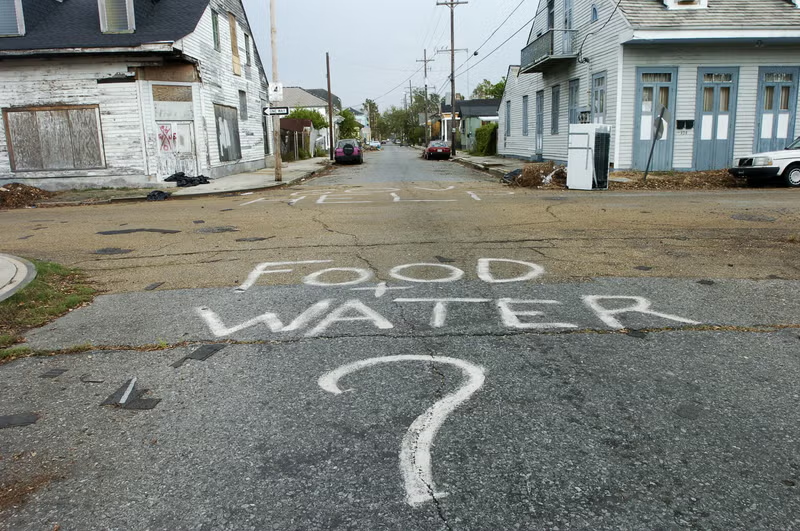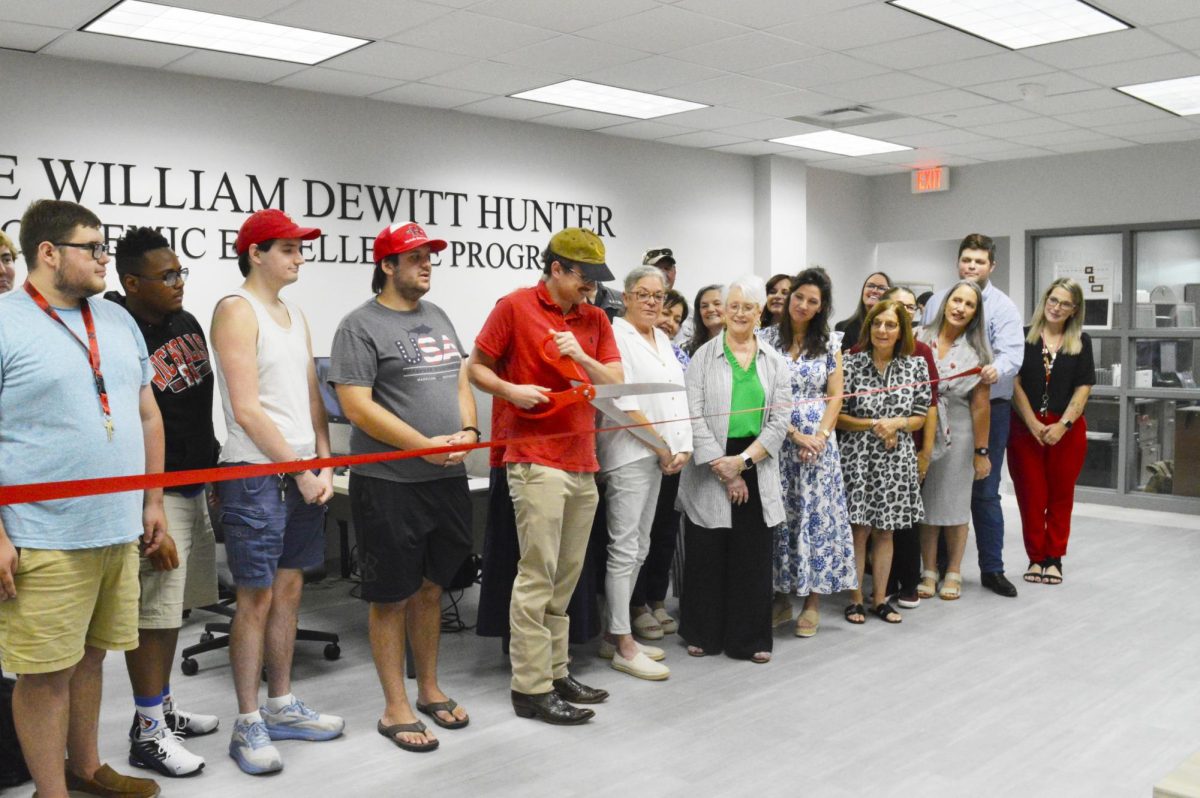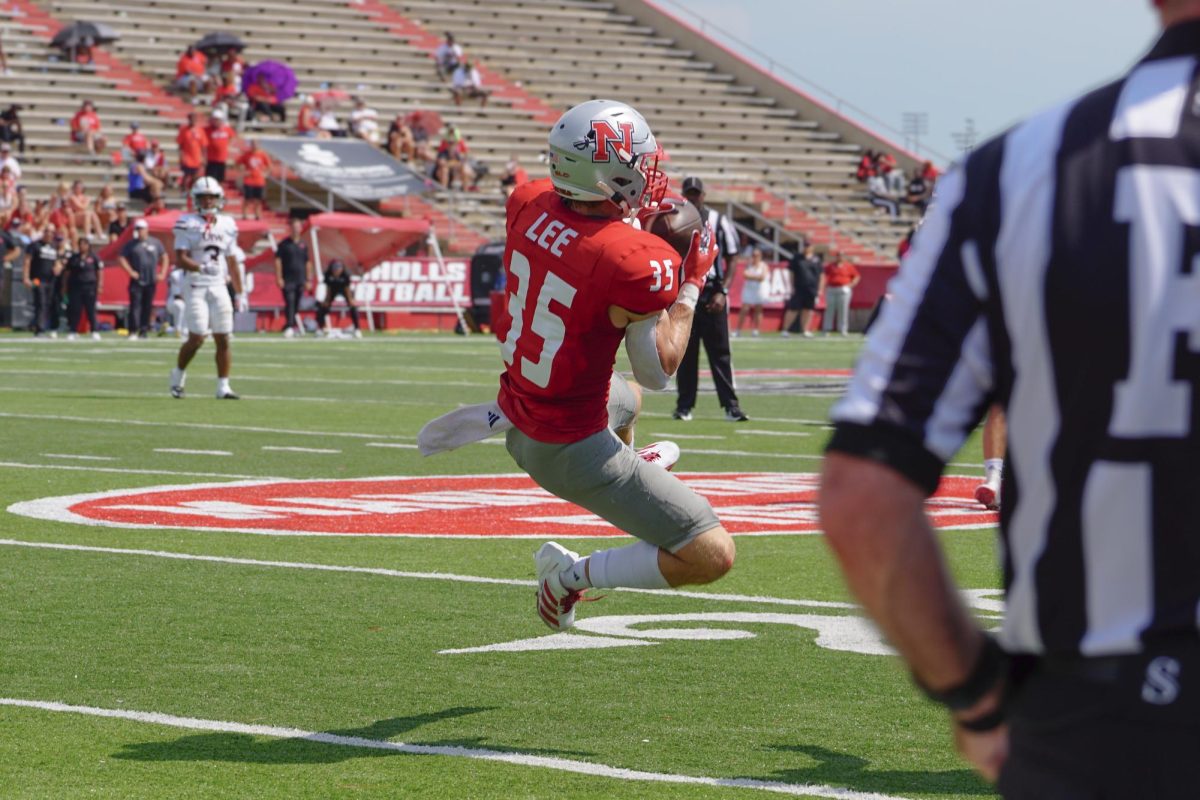To develop an environmental science instrumentation facility at Nicholls, Dr. Ramaraj Boopathy, associate professor of biological sciences, received a $100,000 grant from the National Science Foundation. Boopathy received official word in September that he had received it from the Development of Environmental Science Instrumentation Core Facility, and got the money in January.
“The money is specifically ear-marked for instruments,” Boopathy said.
These instruments include a gas chromatograph, a high performance liquid chromatograph, an ultraviolet spectrophotometer, a biology microbial identification system and other minor equipment, he said.
Some of the materials have already arrived on campus and will be installed next week. Students will begin training in the lab in a couple of weeks.
“What we can do with these instruments is [conduct] analyses of various chemicals. For example, if there is an oil spill we can find out how much oil is concentrated in the soil and water. We can also analyze hazardous chemicals.
“The facility will help students gain technical skills and experience that will make them more competitive in the job market,” he said.
The laboratory will be used mainly for Boopathy’s research projects and student training. The instruments will be available to other faculty members as well. The research lab will be open to senior graduate students who are enrolled in an environmental biotechnology course where they conduct research with faculty members.
Boopathy currently has eleven students working on different research projects with him.
“The students who are working right now always tell me they do not get this kind of experience anywhere else because they have hands on experience operating these tools,” he said.
Boopathy has $27,000 left to buy minor instruments necessary to conduct his research. He has applied for other grants to supply funding needed to run the lab.
“We always need supply money,” he said.
Nicholls has been developing the laboratory for the past three years.
“We have done a tremendous job. But, if you look at a well established lab, we have a long way to go.
“Currently, we are looking for approximately $150,000 to get state of the art equipment,” he said.
Boopathy learned of the grant from the National Science Foundation’s web site.
There is a lengthy process involved in applying for the grant. In his proposal, Boopathy had to justify why he needed the money and how he would spend it. He said he spent two weeks writing the approximate fifty page proposal.
After sending in the proposal, committees from the National Science Foundation spent eight months reviewing the it.
According to a University press release, the program will attract high-rate students and faculty whose research can stimulate the local economy.







